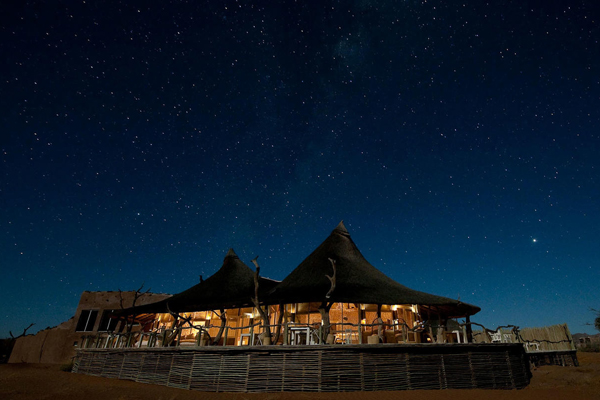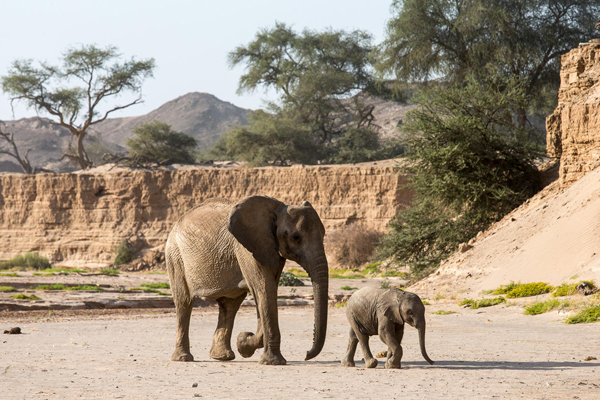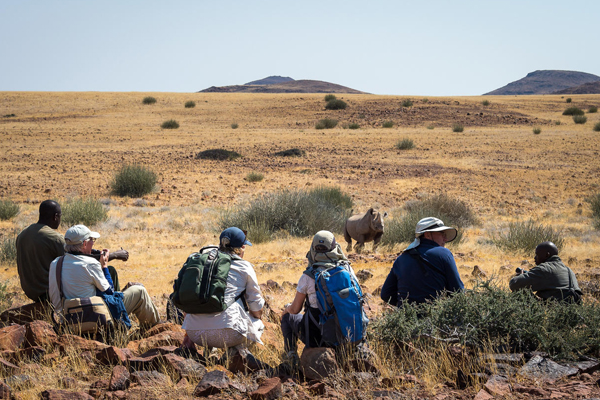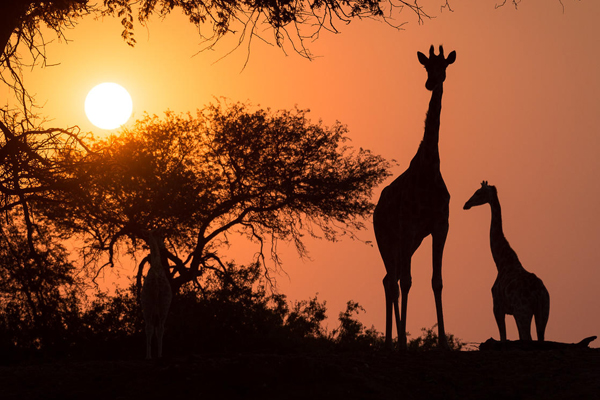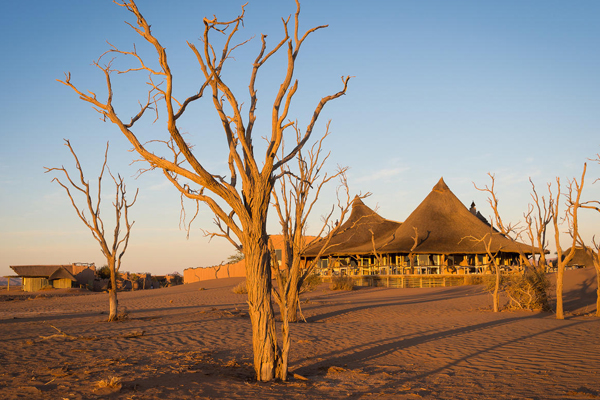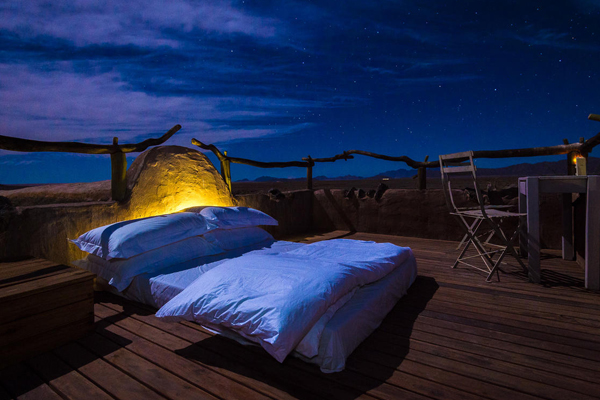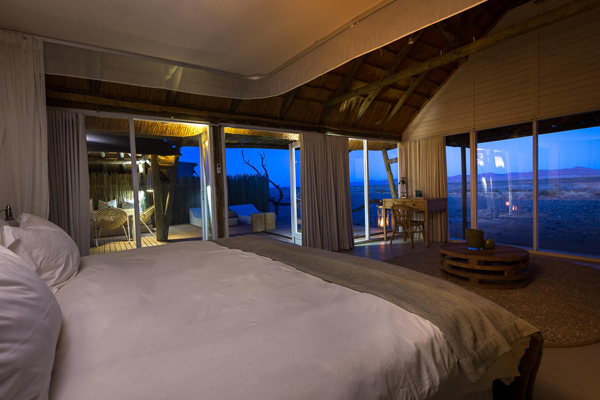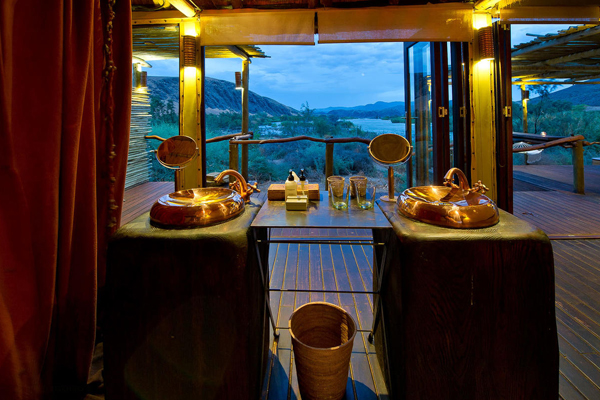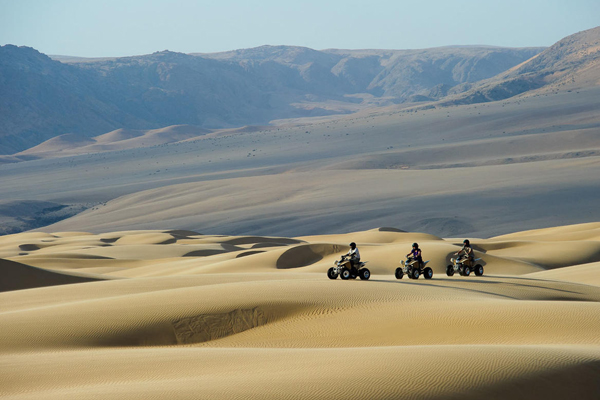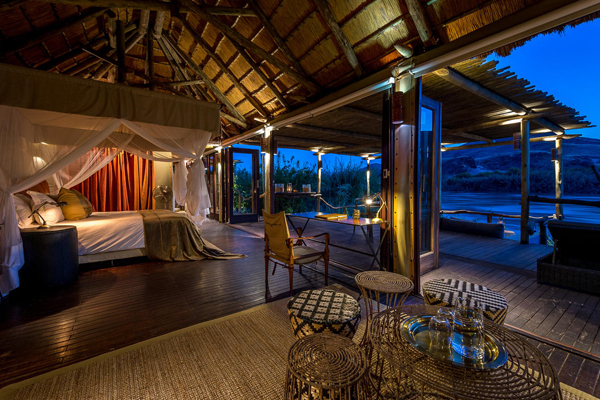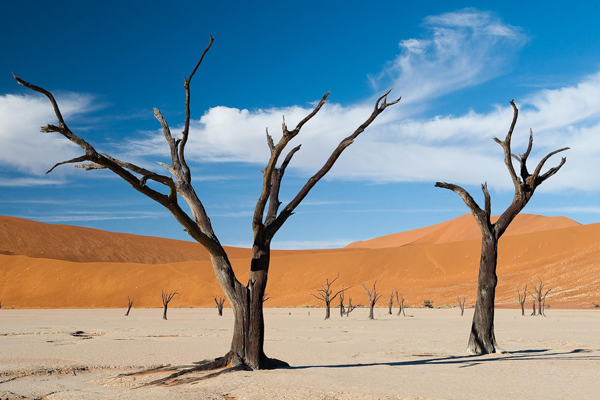Thinking about a safari in Namibia, think skeletons, ancient cultures, seas of sand and unique desert adapted species.
Namibia, a country in southwest Africa, is distinguished by the Namib Desert along its Atlantic Ocean coast. The country is home to diverse wildlife, including a significant cheetah population. Over the years, the cheetah population has declined a lot worldwide, due to habitat loss, but also due to conflicts with local farmers. Namibia has put a lot of effort in the conservation of cheetahs with approx. 2500 – 3000 cheetahs now living in Namibia.
Namibia is a completely unique safari destination. It will amaze you
Namibia is home to two large but very distinct deserts, the Namib desert and the Kalahari desert. They each have a different look and geological structure. The Kalahari desert is semi arid sandy desert, covering parts of Namibia, South Africa and Botswana. It does get slightly more rainfall than the Namib desert and therefore attracts a large variety of wildlife and supports different types of vegetation. The Namib desert stretches along the Namibian coast all the way up to Angola. It is estimated that the area has been dry for at least 55 million years, making it the oldest desert in the world.
The Namib is the only desert in the world where you can find large mammals like elephants, rhinos, lions and giraffes. The Namib Sand Sea is the only coastal desert in the world where fog influences the sand dunes. Since 2013 it is on the Unesco Heritage list. Animal as well as plant life in that area depend on the daily fog that is produced due to the cold Benguela Atlantic current for survival. They have adapted in this harsh climate to survive on the little water provided through the fog.
Rain - January - March
Temp - Summer avg. 24C, Winter avg. 10-14C
Language - English,German and Afrikaans
Monetary unit - Namibian Rand
Visas – no visas required
Health Requirements – No innoculations required
Travel Insurance - Recommended
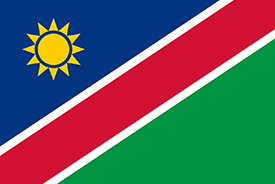
National Parks & Places of interest in Namibia
Damaraland
Outside of any national park, the huge tracts of Damaraland’s semi-desert wilderness are spectacular. This is home to the country’s famous desert-adapted elephants and black rhino, and also to a few small communities who are benefiting from the visitors who come here.
Etosha National Park
Translated as the ‘Place of Mirages’, ‘Land of Dry Water’ or the ‘Great White Place’, Etosha is an apparently endless pan of silvery-white sand, upon which dust-devils play and mirages blur the horizon. The park’s main characteristic is a salt pan so large it can be seen from space. Yet there is abundant wildlife that congregates around the waterholes, giving you almost guaranteed game sightings. Etosha National Park is one of the most accessible game reserves in Namibia and Southern Africa. The park is malaria free. It excels during the dry season when huge herds of animals can be seen amidst some of the most startling and photogenic safari scenery in Africa.
Skeleton Coast
The remote northwest of Namibia, known as Kaokoland (or the Kunene Region), is home to dramatic scenery, small populations of game and the Himba people – and beside it lies the equally remote coastline of the famous Skeleton Coast. This north-western corner of the country is very remote and often difficult to visit – preferred way is to do fly in safaris due to the vast distances, but one can also drive yourself along the southern section of the Skeleton Coast
Swakopmund & Walvis Bay
Namibia’s two main coastal towns lie barely 30km from one another, and yet are very different indeed. They have remarkably different histories, and are very diverse in feeling. Swakopmund generally makes a more interesting place to stay, with a much better choice of restaurants, hotels and guest houses, whilst Walvis Bay is the springboard for several super desert trips.
Sossusvlei
Sossusvlei is a salt and clay pan surrounded by high red dunes, located in the southern part of the Namib Desert, in the Namib-Naukluft National Park of Namibia. The sand dunes of Sossusvlei in the Namib desert are some of the highest dunes in the world. Dune 7 is the highest in the area measuring 383 meters. The most climbed one is Dune 45. Most people visiting Sossusvlei will climb Dune 45 to enjoy a spectacular sunrise. It is a challenging climb, especially early morning before sunrise, but really worthwhile. The main characteristic about the dunes in Sossusvlei is their red colour, caused by the presence of tiny iron ore particles that oxidised over time. Balloon Safaris are conducted over Sossusvlei at sunrise to view the unique colours and dramatic scenery.
The second attraction of the area is Sesriem Canyon and derives its name from the fact that early Afrikaner trekkers had to use six (“ses”) leather thongs (a thong is a “riem”) so that their buckets could reach the water far below. The canyon begins as an almost imperceptible but nevertheless deep cleft in level, stony ground, and then widens until it finally flattens out onto the plain. Because it is so deep and sheltered, it often holds water well into the dry season - an invigorating sight in such a barren and stark environment.
Kalahari Desert
The Kalahari Desert – stretches across 7 countries – Botswana, Zambia, the Republic of South Africa, Zimbabwe, Namibia, Angola and the Democratic Republic of Congo (DRC). It’s coverage in Namibia is called a “desert” principally because it's porous, sandy soils cannot retain surface water, but in some areas annual rainfall can be as high as 250mm, which accounts for the luxuriant grass cover during good years. As the Namibian area of the Kalahari Desert is covered with trees, ephemeral rivers and fossil watercourses, the reasonably regular rainfall patterns that occur every year do allow for huge numbers of mammals, birds, plant life and insects to live and thrive.
Caprivi Strip
Caprivi, sometimes called the Caprivi Strip, Okavango Strip and formerly known as Itenge, is a narrow protrusion of Namibia eastwards from the Kavango Region about 450 km, between Botswana to the south, and Angola and Zambia to the north. This area is a popular destination for those wishing to stay aboard the magnificent Zambezi Queen or one of her three Princesses, game viewing all being done by boat.
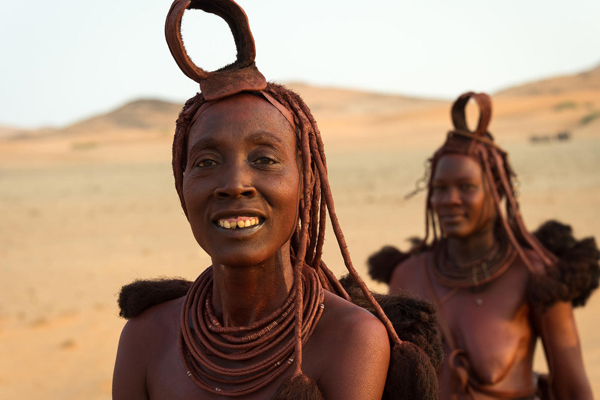
NAMIBIAN SANDS
Sossusvlei - Swakopmund - Damaraland - Skeleton Coast - Kaokoveld - Ongava Private Game Reserve - Windhoek
15 Days / 14 Nights
>> DOWNLOAD PDFNamibia is a fabulously different safari destination. It is mostly an arid country but there is still plenty to do and see. There are many species of animals that have adapted to this hostile environment and searching them out is a great adventure.
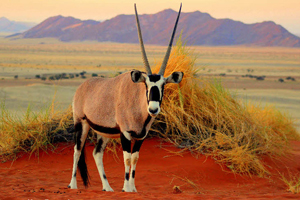
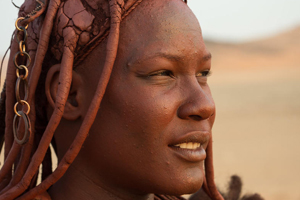
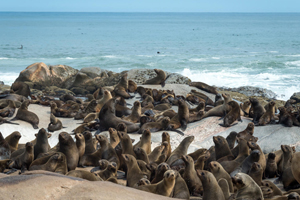
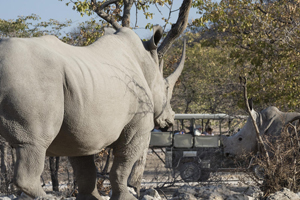
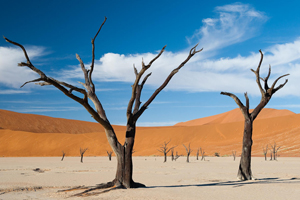
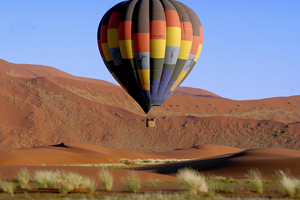
SWAKOPMUND
Founded in 1892 as the main harbour for German South West Africa, Swakopmund is often described as being more German than Germany. Now a seaside resort, Swakopmund is the capital of the Skeleton Coast tourism area and has plenty to keep visitors happy. The quirky mix of German and Namibian influences, colonial-era buildings and the cool sea breeze make it very popular.
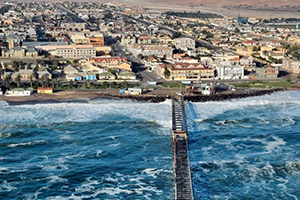
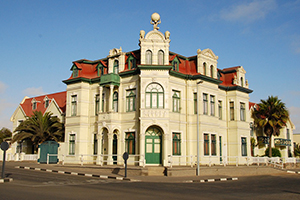
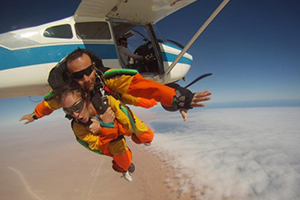
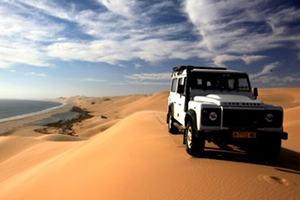
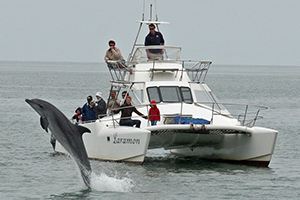
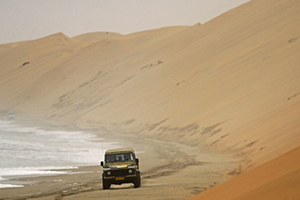
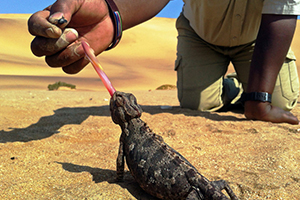
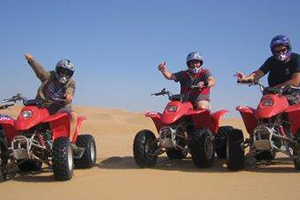
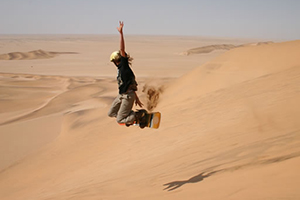
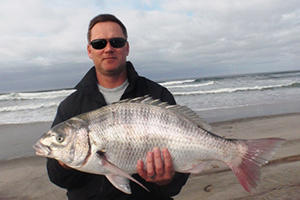

I could not imagine a trip to Africa without you both, but then we have mightily spoiled. The places you have booked us into are unbelievable. Not only are they most luxurious and beautiful, but those associated with the "camps" are knowledgeable--fabulous guides--and well trained in the art of serving and caring for guests--excellent dining as well. I know that you have researched each site, usually having been there yourselves. Your services are soooo complete and personal with every detail attended to. We all loved the "flip" itinerary book you did this past trip. And Sid does the best job in arranging for sightings of ALL the animals many times. What's more, you make it all such fun!
Tom & Lyndie Lamson, USA – South Africa and Zimbabwe

I could not imagine a trip to Africa without you both, but then we have mightily spoiled. The places you have booked us into are unbelievable. Not only are they most luxurious and beautiful, but those associated with the "camps" are knowledgeable--fabulous guides--and well trained in the art of serving and caring for guests--excellent dining as well. I know that you have researched each site, usually having been there yourselves. Your services are soooo complete and personal with every detail attended to. We all loved the "flip" itinerary book you did this past trip. And Sid does the best job in arranging for sightings of ALL the animals many times. What's more, you make it all such fun!
Tom & Lyndie Lamson, USA – South Africa and Zimbabwe

